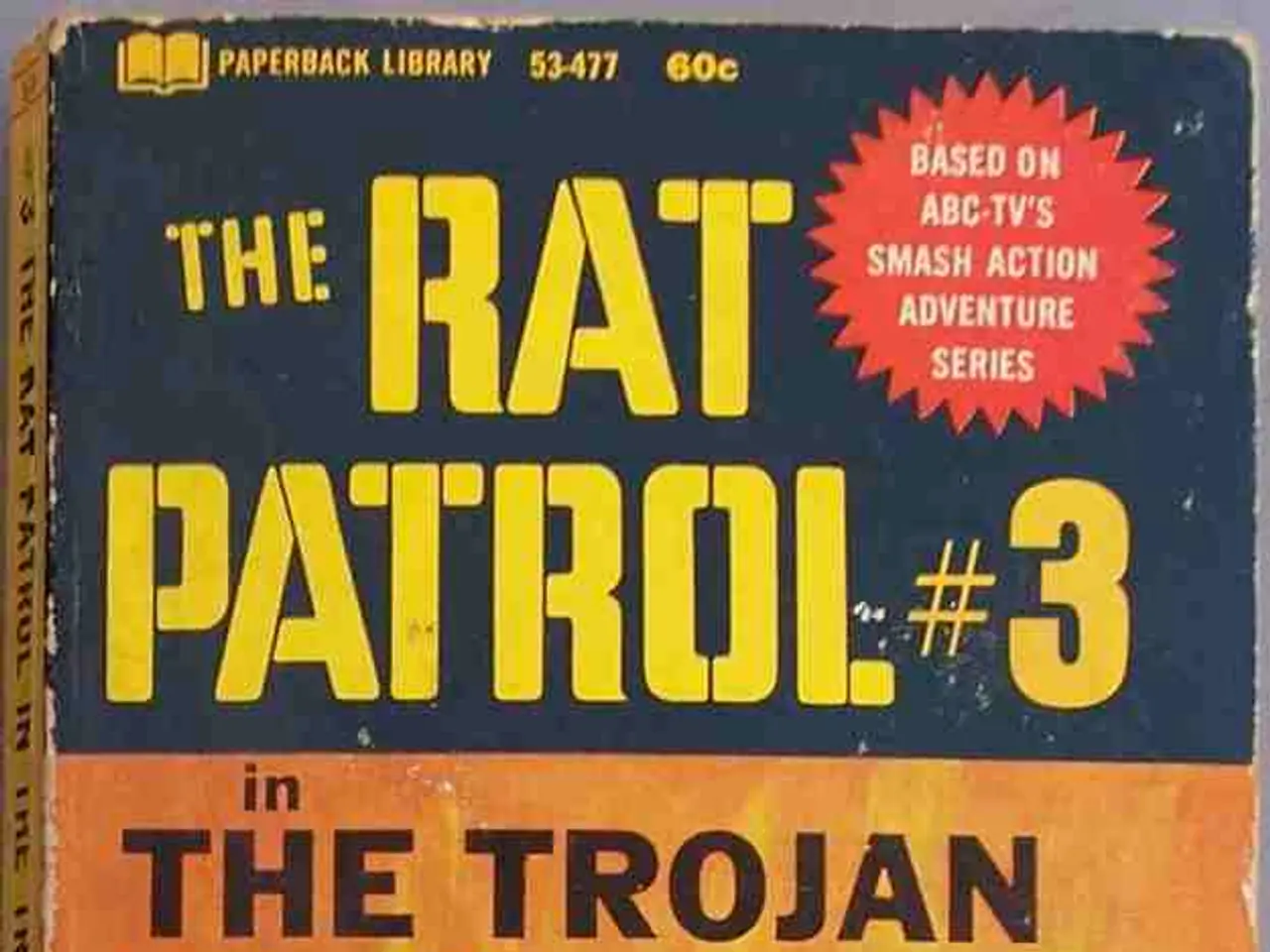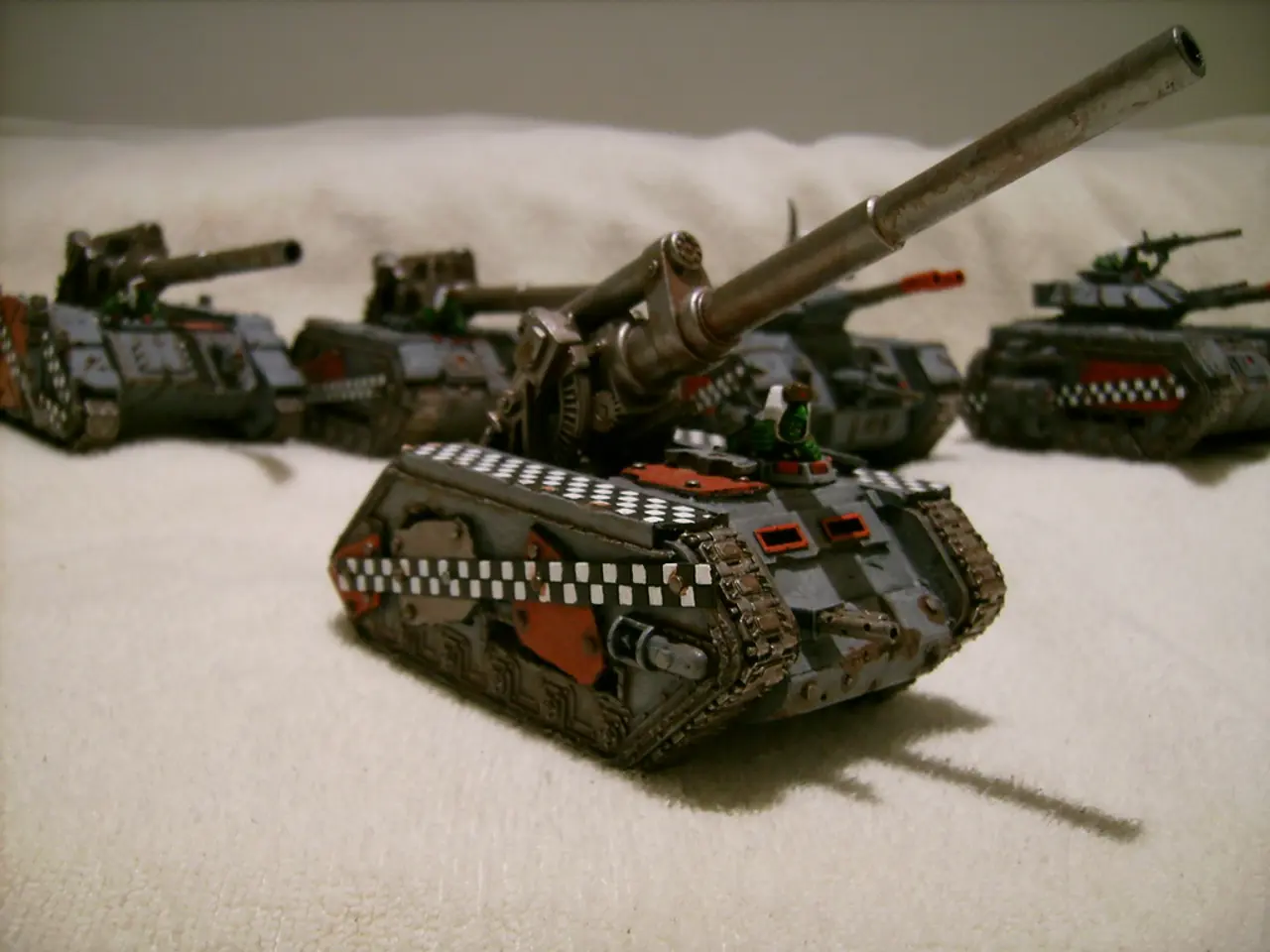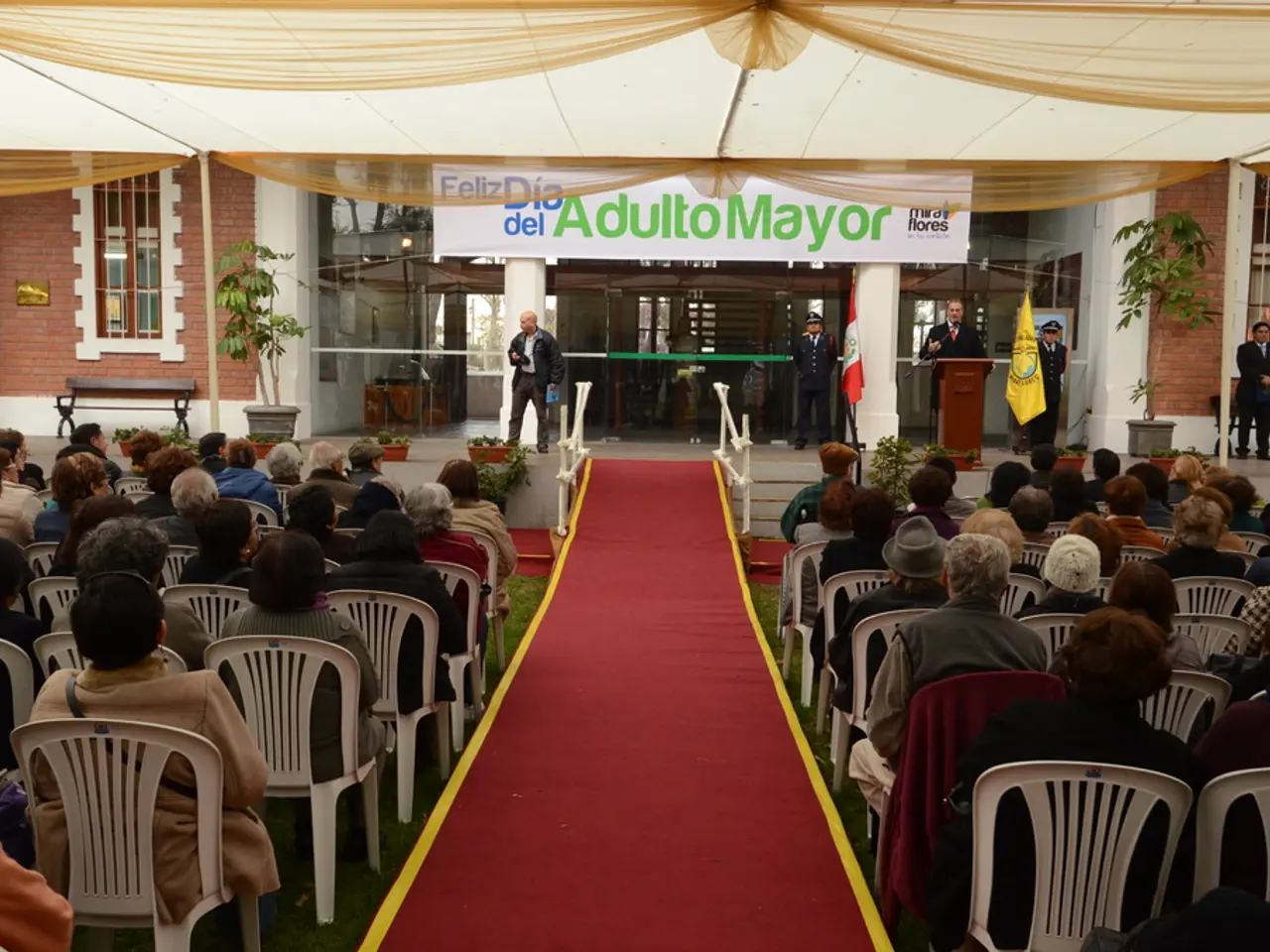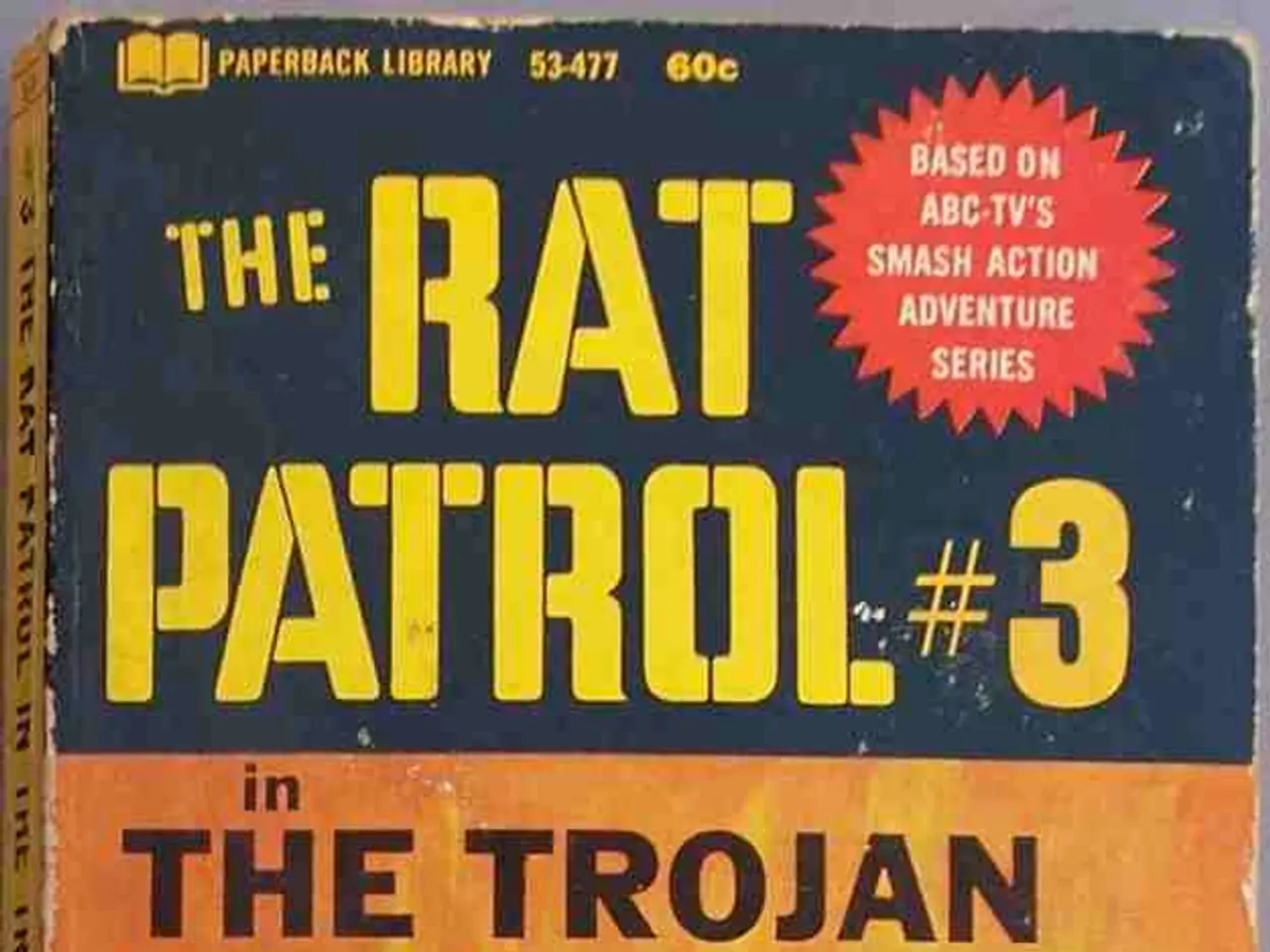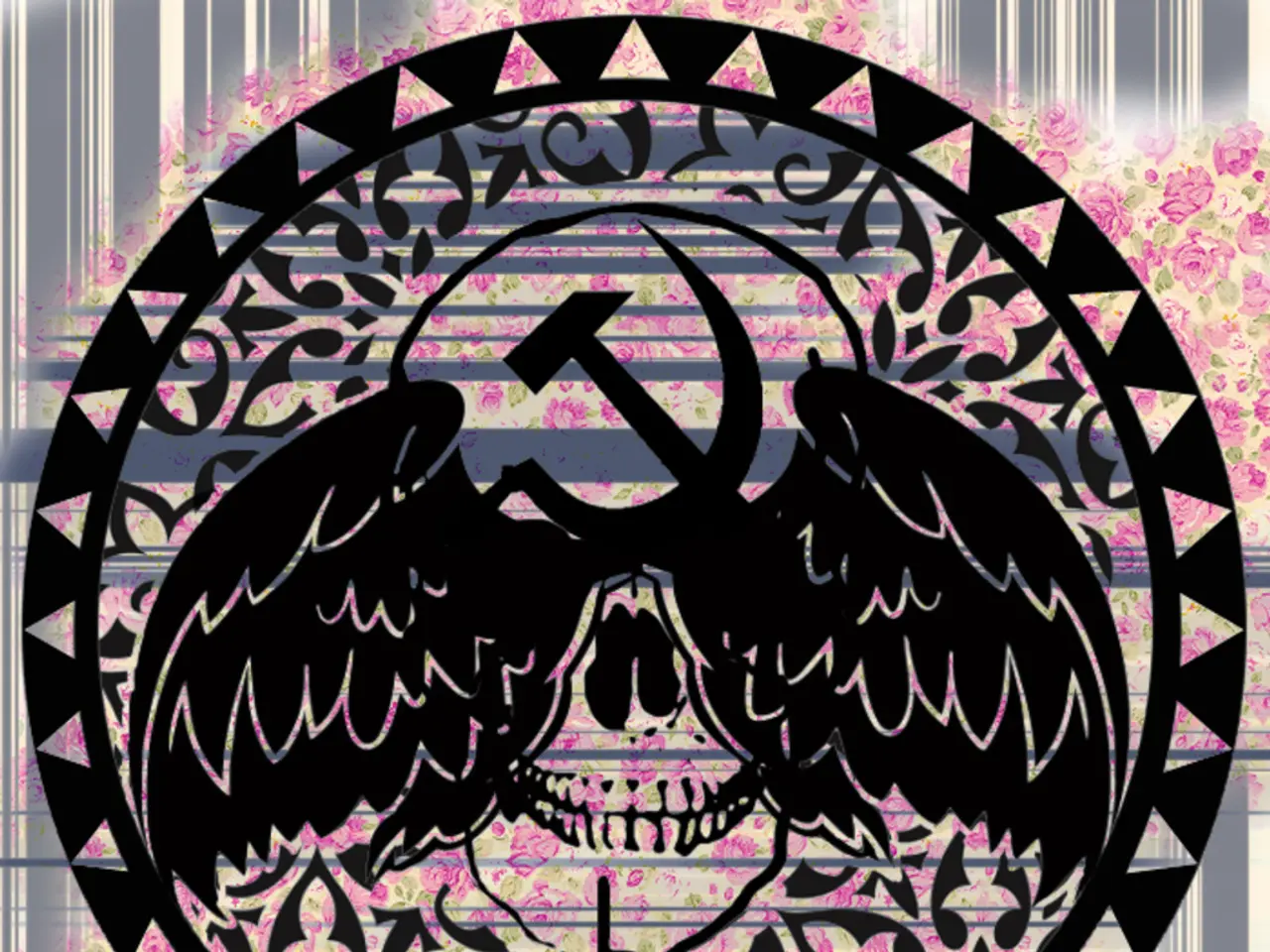Western nuclear demands criticized by Khamenei as a "pretense" amid escalating U.S-Iran conflicts
Iran's Nuclear Program Remains Active Despite Recent Attacks
As of mid-2025, Iran's nuclear program remains active but has sustained significant damage from recent U.S. and Israeli military strikes targeting nuclear facilities and infrastructure. Despite these setbacks, Iran still possesses a large stockpile of uranium enriched up to 60%, and is believed capable of producing weapons-grade highly enriched uranium (HEU) within weeks.
The attacks in June 2025 severely damaged key sites and human capital, creating a window in which Iran's ability to rebuild at a previous scale is uncertain without external help from countries like Russia, China, or North Korea. The damage is estimated to cause a 1 to 2 years setback if pressure and sanctions are maintained effectively.
Before these strikes, Iran had been gradually breaching the limits set by the 2015 JCPOA, including enrichment above 3.67%, reaching 20% and 60% uranium enrichment levels. The aim was to achieve "nuclear latency"—the capability to build a nuclear weapon on short notice without actually having one. This strategy was intended to increase leverage for negotiating with the U.S.
The recent attacks by Israel, confirmed in June 2025, and U.S. involvement aim to delay Iran’s nuclear capability while maintaining diplomatic pressure for Iran to rejoin non-proliferation agreements like the NPT under International Atomic Energy Agency (IAEA) supervision. The overall goal is a phased diplomatic solution, potentially including a temporary ban on uranium enrichment for up to five years before allowing low-level enrichment under strict oversight.
Despite reports of damage, Iran’s nuclear program is described by some experts as largely surviving the attacks due to built-in redundancies and secret facilities. Iran possibly removed nuclear materials from known sites to undisclosed locations beyond IAEA inspection, complicating verification efforts.
The tensions between Iran, Israel, and the United States continue to escalate. Israel launched targeted airstrikes on Iranian nuclear facilities in Tehran, accusing Iran of posing an existential threat. Former U.S. President Donald Trump warned that any resumption of Iranian nuclear activity would trigger swift retaliation. The U.S. reportedly backed airstrikes on three Iranian nuclear sites: Fordow, Isfahan, and Natanz.
Iran, as a nation with a rich culture rooted in 7,000 years of civilization, will never respond to the language of threat and intimidation, according to Iranian Foreign Minister Abbas Araghchi. The talks are already strained by deep disagreements over uranium enrichment.
In summary, Iran’s nuclear program has been damaged but not destroyed; it remains capable of progressing toward weapons-grade uranium quickly if it chooses. The June 2025 U.S. and Israeli strikes delayed Iran’s program by destroying critical infrastructure and reducing human capital. Iran has steadily increased uranium enrichment levels over recent years, moving closer to latent nuclear weapon capability. The program’s survival is reinforced by redundancy and secrecy, with some nuclear material stockpiles now unaccounted for by the IAEA. Ongoing sanctions and diplomatic pressure are critical to preventing Iran from rapidly rebuilding its nuclear weapons capacity.
This evolving security environment continues to compel international engagement to achieve a diplomatic resolution that prevents nuclear weapons development in Iran while addressing regional tensions involving Iran, Israel, and the United States.
- The ongoing tension between Iran, Israel, and the United States particularly revolves around Iran's nuclear program, a critical factor in the broader context of war-and-conflicts and general-news.
- While Iran's nuclear program has sustained damage from recent attacks, it continues to be a significant part of politics, given the potential implications for global security and international relations.
- In the realm of science and technology, the Iranian nuclear program's resilience, as shown by its ability to survive targeted attacks, raises questions about their technological advancements and potential secrets.
- The health of the international community, particularly the economic health of countries involved, is also affected by this situation, as sanctions and diplomatic pressure can have economic repercussions, tying into the realm of business and politics.
- Furthermore, the cultural significance of Iran as a nation with a rich history of over 7,000 years old is contrasted by its involvement in a highly controversial and high-stakes issue like nuclear weapon development. This underscores the complex interplay between culture, history, and politics in today's world.
